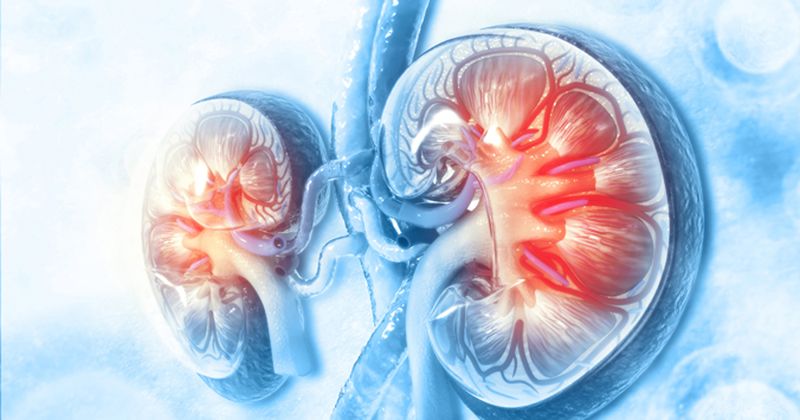Study: CKD rate, progression may increase with age but vary based on filtration marker
Key takeaways:
- The proportion of patients with an eGFR below 60 mL/min/1.73 m2 was lowest when measured with creatinine.
- Meanwhile, the proportion was highest with eGFR measured with cystatin C.
Rate and progression of chronic kidney disease may increase with age, according to a published study, but estimates could vary based on the filtration marker used.
“The prevalence of chronic kidney disease (CKD) is known to increase with age; however, creatinine may be a less reliable filtration marker in older adults,” Carina M. Flaherty, BA, of the division of precision medicine, department of medicine at New York University Grossman School of Medicine, wrote with colleagues. “Few studies have investigated the prevalence and progression of CKD using different filtration markers for estimating glomerular filtration rate (GFR).”

Researchers conducted a prospective study to determine the prevalence and incidence of CKD in older adults using eGFR with different filtration markers. The observational research included 6,393 white patients and Black patients (aged 65 to 100 years) from the Atherosclerosis Risk in Communities Study. Mean age of patients at the onset of the study was 75.8 years. Mean eGFR ranged from 71.2 mL/min/1.73 m2 to 61.2 mL/min/1.73 m2 using eGFR measured with creatinine (eGFRcr) or cystatin C (eGFRcys).
Evaluation began at the fifth visit, and patients were followed longitudinally at the sixth and seventh visits.
eGFR was measured with eGFRcr, eGFRcys, both (eGFRcr-cys) or with a combination of creatinine, cystatin C and beta-2-microglobulin (eGFRcr-cys-b2m). CKD progression was defined as 30% decline in eGFR at follow-up.
The proportion of patients with an eGFR below 60 mL/min/1.73 m2 was lowest with eGFRcr and highest with eGFRcys for all age groups, according to the findings. This prevalence increased with age for all markers, with the highest in those aged 85 to 89 years.
The proportion of patients with 30% decline in eGFR during a mean of 8 years in patients originally aged 65 to 69 years ranged from 9% to 18%, depending on the filtration marker.
More patients with an eGFRcr of at least 60 mL/min/1.73 m2 (33%) were reclassified to below 60 mL/min/1.73 m2 when using eGFRcys vs. eGFRcr-cys (12%) or eGFRcr-cys-b2m (18%).
“The proportion with 30% eGFR decline was lowest with eGFRcr and highest with eGFRcys, , with greater incidence in older age groups for all markers,” the authors wrote.
eGFRcr gave the lowest CKD estimate at 15% for patients aged 65 through 69 years at the fifth visit, while eGFRcys gave the highest estimate at 26% for the same group, data showed.
“Given recent studies suggesting that equations based on a combination of markers are most accurate, our results provide additional evidence that cystatin C may be a useful adjunct test to creatinine,” the researchers wrote. “Increasing use of cystatin C in clinical practice may have profound implications on CKD diagnoses and eligibility for medications and guideline-directed therapy, particularly in older adults.”
